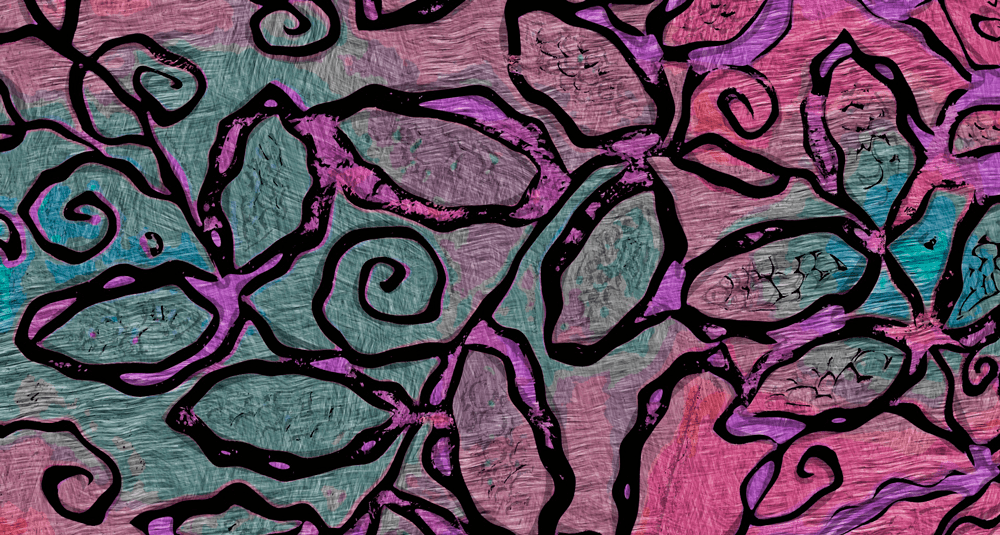To which years does Pablo Picasso’s Blue Period correspond?
Last Updated:
What is Pablo Picasso’s Blue Period?
Pablo Picasso’s Blue Period is an important period of his artistic work, characterized by the use of cool, deep blue and green hues to depict dark, melancholy scenes.
When did Picasso’s blue period begin and when did it end?
It began in 1901, after the death of his friend Carlos Casagemas, and lasted about three years, until 1904.
Why is Picasso’s blue period considered important in his work?
The Blue Period is considered important in Picasso’s work because it represents a transitional stage for him, where he explores themes such as poverty, suffering, loneliness and death.
What are the main themes and subjects of Picasso’s Blue Period?
Picasso’s blue period is marked by themes such as poverty, suffering, loneliness and death.
What are the most famous works from Picasso’s blue period?
The most famous works from this period are La Vie, Les Saltimbanques and La Célestine. In these works, Picasso often depicts miserable characters, such as beggars, blind people and orphans, who are confronted with the harshness of life.
How was Picasso’s Blue Period received by art critics at the time?
Picasso’s Blue Period was met with some skepticism by art critics of the time, who criticized the excessive use of the color blue and the melancholy of the works. However, collectors began to show interest in Picasso’s works from this period, which helped to increase his notoriety.
What artists and art movements influenced Picasso’s blue period?
Picasso’s blue period was influenced by artists such as El Greco, Francisco de Goya and Edouard Manet, as well as symbolist artists and literary movements of the time. This period also influenced later artists such as Marc Chagall and Amedeo Modigliani, and contributed to the emergence of the Cubist movement later in Picasso’s career.
arts

To which years does Pablo Picasso's Blue Period correspond?
Answer
The blue period of Pablo Picasso corresponds to the years 1901-1904: this name comes from the fact that blue is the dominant color of his paintings.